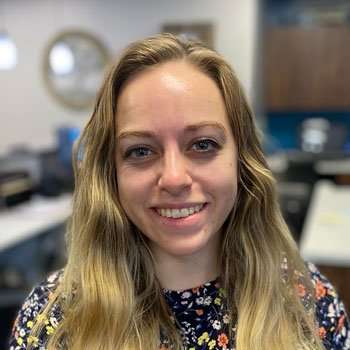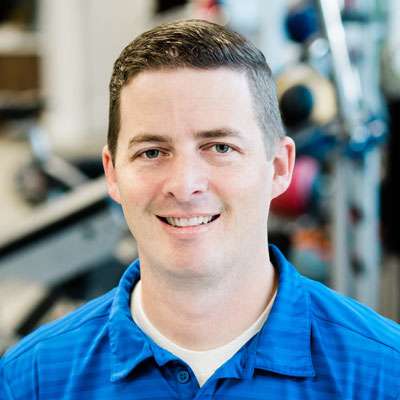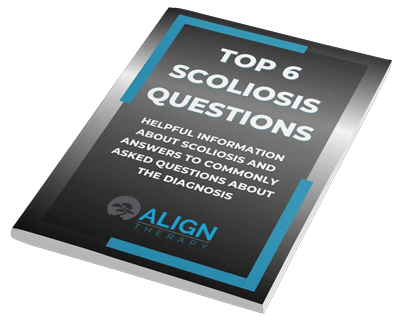After being diagnosed with scoliosis, there are a number of different treatment options available for managing back pain and reducing the curvature. For adolescents with certain degrees of scoliosis, bracing is one of those options. Getting a brace can be a little intimidating, so let’s talk about what to expect about the process.
Orthotics and bracing
Explaining to your child that there are lots of different types of orthotics and braces might help them feel more comfortable with the idea. There are orthotics that can be worn in shoes for arch support, around the leg to support hips, knees or ankles, and of course for scoliosis. Just like wearing dental braces to align teeth, scoliosis braces can be worn to align the spine. In order to make sure the process is working correctly and as comfortably as possible, you will want to meet with an orthotist.
An orthotist is a specialist in creating orthotics and braces to support and stabilize different body parts. These specialists have training in creating braces for all sorts of body types and curves. They can make the brace in your child’s favorite color or print. Want something with polka dots or camo? Your orthotist can make that happen! The orthotist will take some measurements and then create the first version of the brace.
You’ll be working closely with your child’s orthotist to ensure a comfortable fit. If it rubs your child’s arms or hips in an irritating way they will work on shaping it differently for you. As your child grows they will likely need new braces to continue to support them as they get taller and their curve develops. Don’t feel bad about asking for adjustments, your child is going to be wearing this daily, you want the brace to fit in a way that doesn’t rub or cause pain.
Wearing the brace
Your child will be instructed to wear their scoliosis brace for a certain amount of time each day. There are a number of reasons why your child might make excuses to avoid wearing the brace, some of the most common reasons being discomfort, embarrassment, or temperature.
While your orthotist will work with you to try to make a comfortable brace, the fact of the matter is that sometimes bracing is uncomfortable. Wearing the brace consistently will make a big difference in controlling curve progression, and it will get more comfortable as their body gets used to the brace. Talking with your child about discomfort can help give them an outlet for their concerns, understand how to tolerate it and can help them see a light at the end of the tunnel. Let them know that while they are getting a brace, it won’t last forever. Find ways to help them manage the discomfort for the first few weeks.
Adolescence is full of embarrassing moments. Most kids don’t want to wear something that makes them look different than their peers. They’ll probably be asked questions about their scoliosis brace that they may not want to answer. This is a sensitive time for a lot of kids. It can help if they know that they aren’t the only one wearing a brace. There are support groups for kids in scoliosis braces like Curvy Girls and Scolios-US. Groups like these are great for helping kids with scoliosis meet each other and find some common ground among peers.
Scoliosis braces are made of a molded plastic and because of this they aren’t very breathable. Your child might complain about being too hot while wearing the brace. While orthotists can sometimes fabricate the brace to have open segments for airflow, this doesn’t always solve the problem. Wearing the brace, especially in warmer weather, will increase body temperature and might cause increased sweating. Having a clothing layer between the skin and the brace is helpful to decrease sweat and discomfort. Even if your child chooses to wear the brace under their clothes, having at least a thin undershirt between the skin and the brace will be effective. They can also wear lighter layers, increase their water intake, or use antiperspirants to manage the sweat.
Physical Therapy and Bracing
Wearing a scoliosis brace can help to slow curve progression and support the spine. During this time it’s important to strengthen and stabilize the core and back muscles in order to maintain the effects of bracing. Working with a physical therapist, your child will learn about their scoliosis curve and get personalized treatment specifically for them. They can start building this strength and stability while bracing. Eventually your child will stop growing and will no longer need the brace. We’re here to make sure the effects will last. This is like wearing a retainer after getting dental braces removed. You’ll want to schedule regular visits with a physical therapist to make sure that your child is retaining the progress they have made while bracing.
If you want more information about conservative treatments for scoliosis, don’t hesitate to reach out or visit our clinic in Lehi, Utah.
Thanks for reading!




